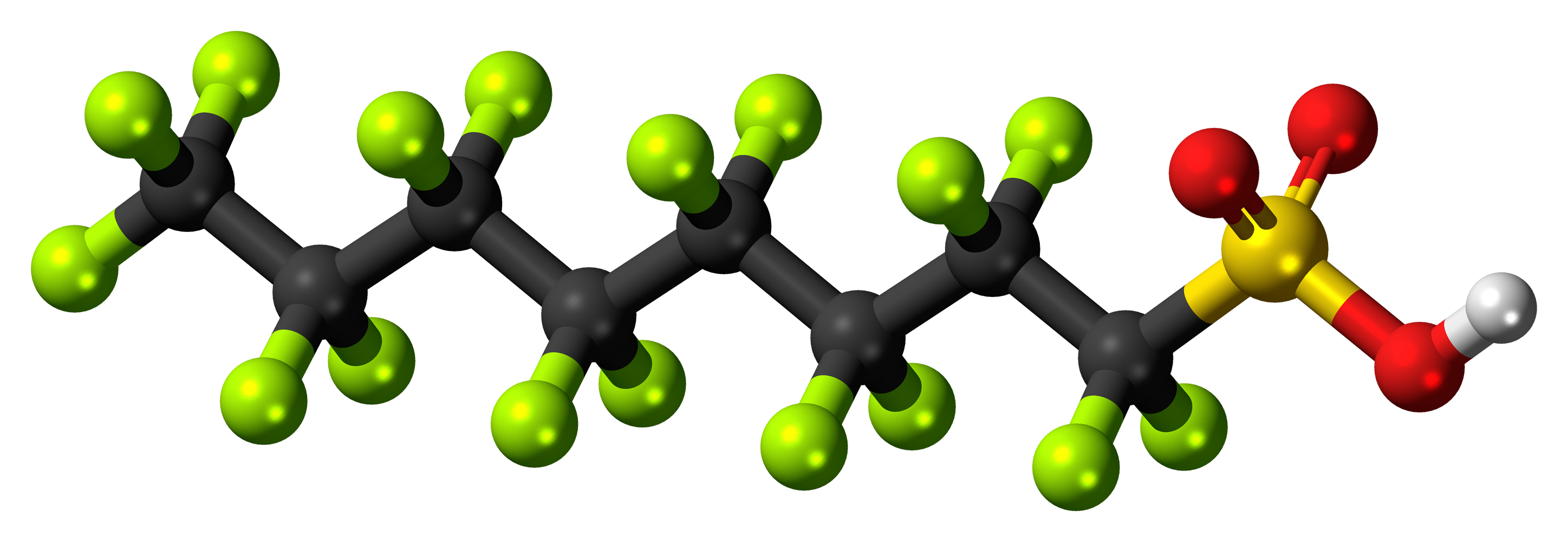
Our environmental experts are working hard to find new ways to help our clients mitigate per- and polyfluoroalkyl substances (PFAS) contamination, including researching new methods to destroy these non-degrading contaminants. Learn more about these efforts from Parsons’ PFAS researcher, Akshay Parenky, PhD.
Q: How did you become interested in PFAS research?
A: I was always interested in topics impacting the environment. I first came across the detrimental effects of PFAS on human health and the environment through an online article and soon realized that these would be some of the most challenging emerging pollutants of our time. A few years later, during grad school, I learned about advanced oxidation techniques for water remediation, and how a research team in my university was attempting PFAS degradation through some of these technologies. It was not long until I was a part of that team attempting to bring my interest and contribution to this field.
Q: What is especially challenging about PFAS treatment and remediation?
A: This class of pollutants is composed by a wide variety of fluorinated, highly stable organic chemicals with unique properties and, therefore, different reactivities. PFAS behavior is also affected by concentration, which varies drastically in environmental sites. Furthermore, degradation of these substances often leads to generation of unknown and more resilient PFAS byproducts. Hence, developing a comprehensive approach to treat all PFAS effectively is a herculean task.
Q: What led you to research the decomposition of PFAS with persulfate activated by silver?
A: During my doctoral degree one of my major goals was to achieve ambient condition degradation of PFAS through non-energy intensive methods. This led me to explore transition metal activation of oxidants, and upon investigating, I identified the silver-persulfate combination to be the most efficient amongst several others that were evaluated.
Q: What is unique about this PFAS destruction process?
A: The most appealing characteristic about this process is its capability to decompose PFAS under ambient condition without the use of any external energy source, purely through a homogenous chemical reaction, which is the first of its kind to be demonstrated.
Q: What is the potential for practical implementation of PFAS destruction using persulfate activated by silver?
A: The use of silver activated persulfate has been tested and proven in the laboratory as a viable treatment option for PFAS. This process can also be used for in situ or ex situ remediation of PFAS contaminated sites. However, translating a technology from laboratory setting to field application presents many challenges and I look forward to working with the Parsons PFAS team to overcome some of these challenges and successfully deploy this technology on field.
Q: Did you receive any funding or research grants in this area?
A: This research was funded by SERDP (a collaborative environmental program of the DoD, DOE and EPA), The University of Texas at Arlington, and the Water Research Foundation.
Q: What are your professional goals?
A: Currently, my main goal is to achieve greater efficiency and applicability of PFAS remediation techniques. But, as an Environmental Engineer, my overall goal is to develop innovative, sustainable, and economical solutions for emerging contaminants.
Q: What is your outlook on PFAS treatment and remediation?
A: Currently, PFAS removal techniques mainly include activated carbon adsorption and ion exchange. Meanwhile, PFAS decomposition technologies are limited to laboratory or pilot scale studies. However, there is a dire need for decomposition techniques to completely eliminate PFAS from the environment and it is exciting to see all the new technologies being developed. I feel in the upcoming years we will have all the tools necessary to effectively remediate contaminated site and mitigate future contamination from the point of source.
